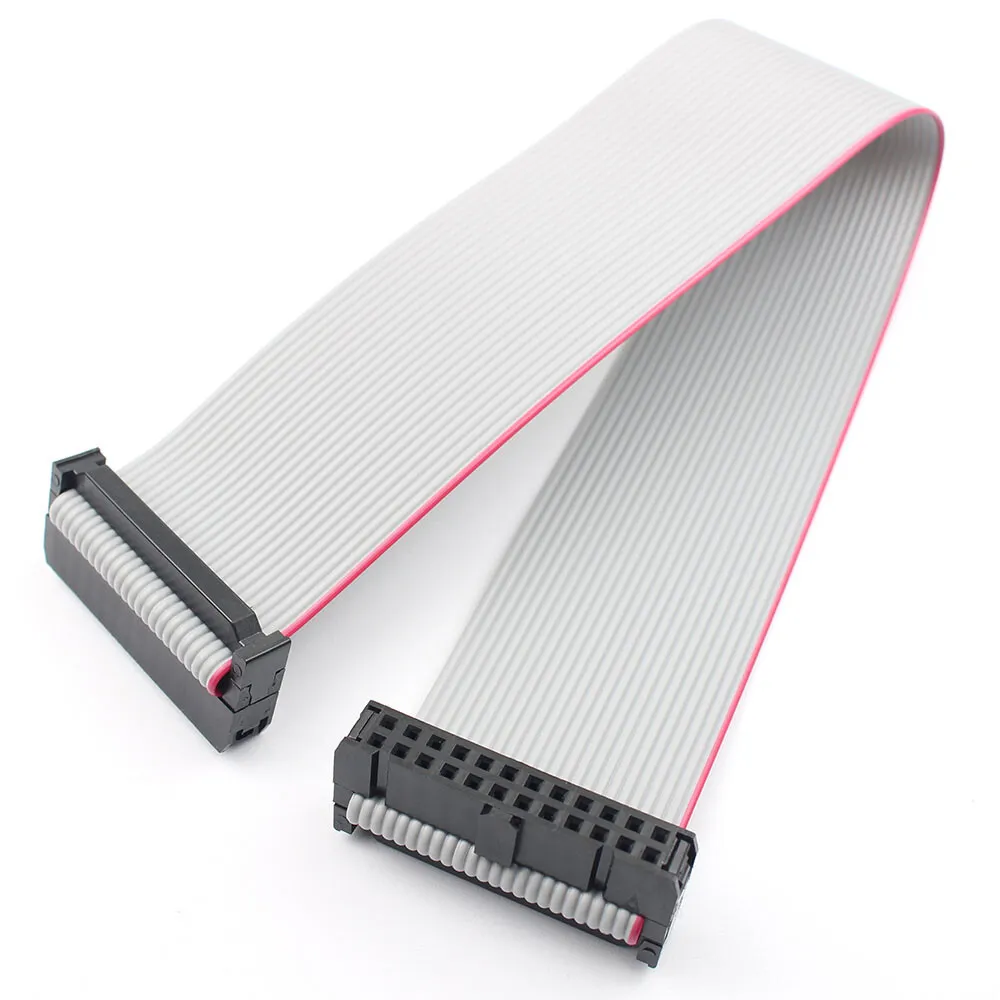
World Of Controls understands the criticality of your requirement and works towards reducing the lead time as much as possible.
DS3815RCC1BL099 - Gray Flat Ribbon Data Cable is available in stock which ships the same day.
DS3815RCC1BL099 - Gray Flat Ribbon Data Cable comes in UNUSED as well as REBUILT condition.
To avail our best deals for DS3815RCC1BL099 - Gray Flat Ribbon Data Cable, contact us and we will get back to you within 24 hours.
SPECIFICATIONS:
Part Number: DS3815RCC1BL099
Manufacturer: General Electric
Series: Mark IV
Product Type: Gray Flat Ribbon Data Cable
Availability: In Stock
Country of Origin: United States
FUNCTIONAL DESCRIPTION:
DS3815RCC1BL099 is a Gray Flat Ribbon Data Cable manufactured and designed by General Electric as part of the Mark IV Series used in GE Speedtronic Gas Turbine Control Systems. These cables are ideal for connecting various components within control systems, such as sensors, actuators, and controllers, ensuring reliable signal transmission and simplifying wiring tasks. Color coding in ribbon cables is crucial for identifying wires and ensuring correct connections. Each wire in a ribbon cable is typically color-coded according to a standardized scheme. For example:
At WOC we have a range of GE Speedtronic Control System Replacement Parts, in stock. We offer both rebuilt parts with a warranty. Our team of specialists is here to help you with your equipment manufacturer (OEM) needs around the clock. The dedicated experts at WOC are ready to support you with any automation requirements you may have. For information, on pricing and availability of parts and repairs please contact our team via phone or email.
What are the common uses of a ribbon cable?
Flat ribbon cables are commonly utilized for transmitting data and facilitating communication. They are often chosen for computer-related purposes serving as wiring, for components like drives and CD drives. Moreover, ribbon cables find application as wiring in various electronic devices and household appliances.
How can you perform a test on a ribbon cable?
To conduct testing on ribbon cables adjust your multimeter to continuity testing mode. This setting helps determine if there is a flow between different points along the cable. Look for the continuity testing mode on the dial or settings menu of your multimeter usually indicated by symbols like a diode or wave.
What is the method for calculating the pitch of a ribbon cable?
Here's how you can calculate it; For example, if the cable's width is 5mm. There are 9 contacts divided by 5mm by the number of contacts (9 + 1). This calculation yields 0.5mm as the pitch measurement, for the cable.